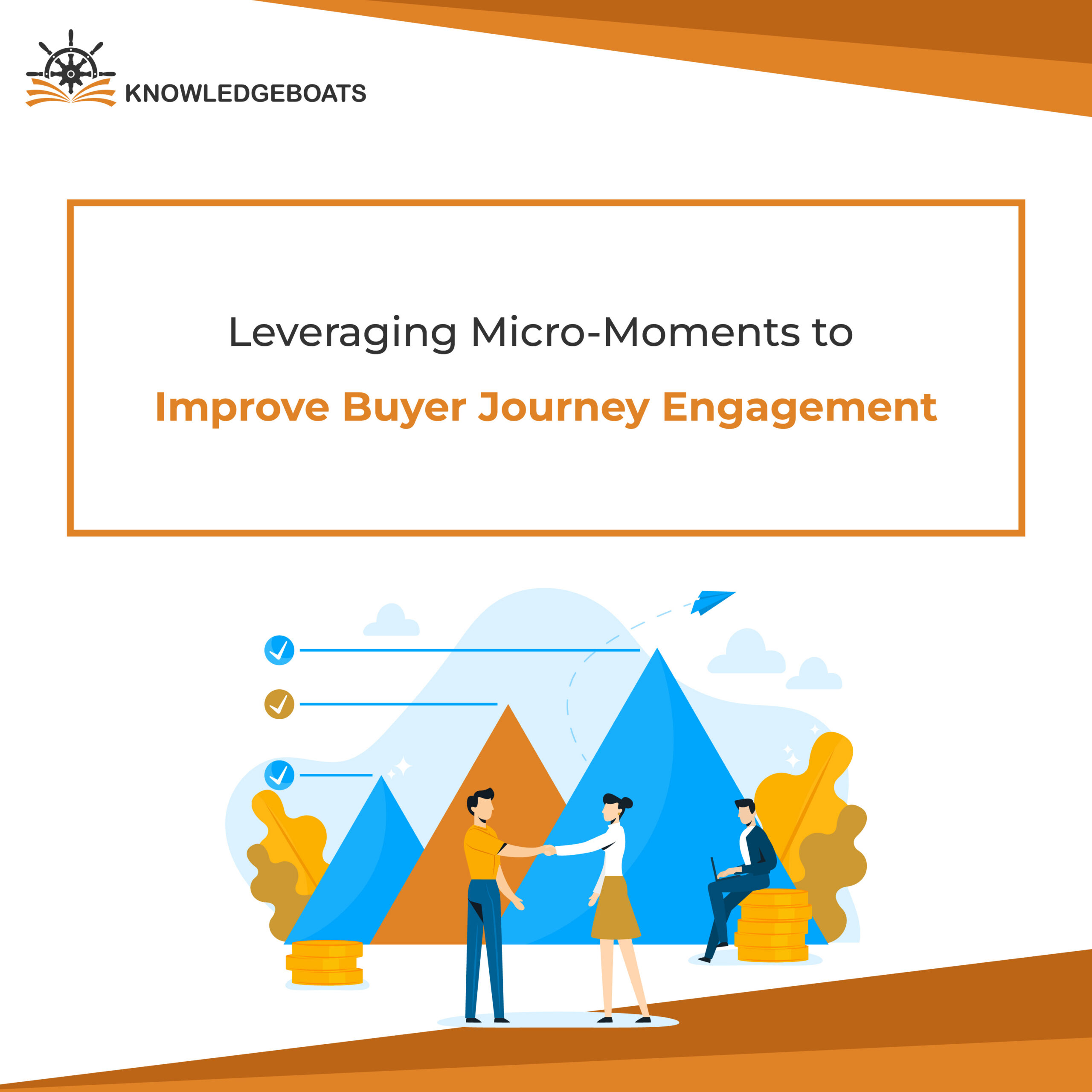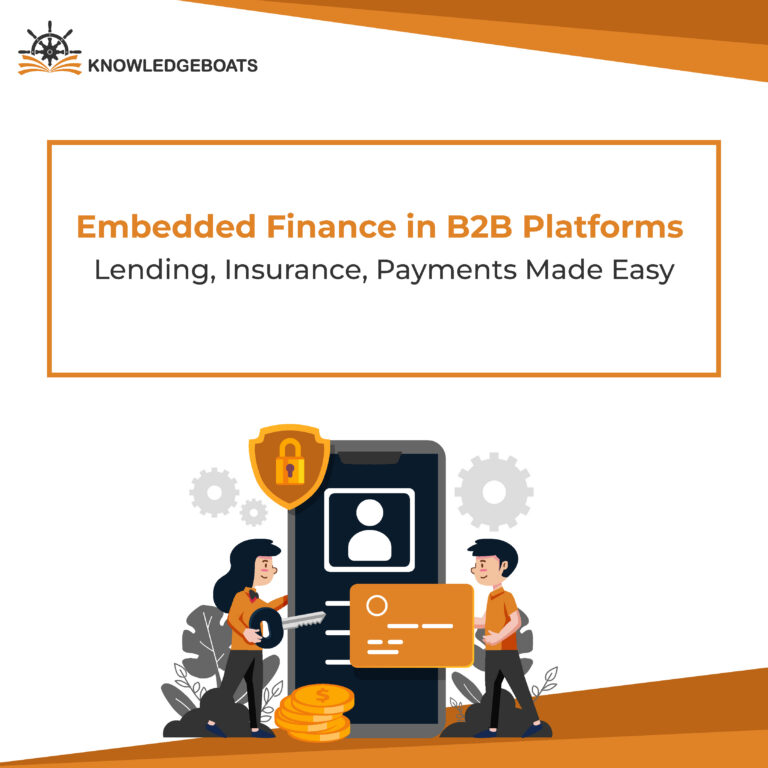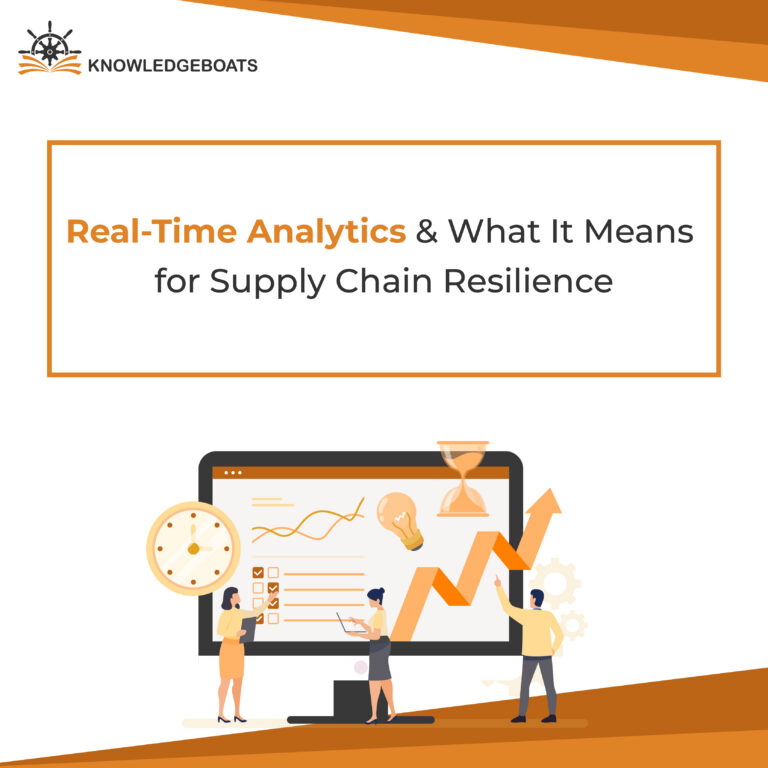
When was the last time you quickly solved a problem using your phone? Most likely, you were evaluating two blenders while standing in a store and using reviews to help you decide. Or maybe you were elbow-deep in flour, frantically searching for a buttermilk substitute to save your weekend baking project. It might have even been on your commute, when a fleeting thought about a vacation led you down a rabbit hole of searching ‘best time to visit Italy.
These aren’t big, planned research sessions. They are reflexive, split-second impulses. They are tiny flickers of intent. In the world of marketing, we call them micro-moments, and they have completely shattered the old, predictable customer journey we once knew.
We held onto the notion of a tidy, well-organised sales funnel for years. However, that model seems outdated now. It’s no longer a straight line from “I’ve never heard of you” to “take my money.” It’s a tumultuous, pinball-style journey filled with a thousand little choices and questions. And the brands that win are the ones who show up to help in these fleeting moments. This is the new reality of the micro-moments buyer journey.
What Are Micro-Moments in Marketing?
Forget the jargon for a second. A micro-moment is simply when someone instinctively pulls out their phone to learn, do, find, or buy something right now. It’s marketing at the speed of life.
Google brilliantly categorized these into four types. Think of them as the primal urges of the modern consumer:
- “I-want-to-know” moments: This is pure curiosity. We’re not ready to buy, we just have a question that needs answering.
- Real-life example: You hear about a new skincare ingredient and search, “what are the benefits of hyaluronic acid?”
- “I-want-to-go” moments: The search for “near me” is king here. We’re looking for something local, and we want it now.
- Real-life example: Your laptop dies, and you immediately search, “computer repair shop near me.” These local micro-moments are incredibly powerful.
- “I-want-to-do” moments: This is the world of “how-to.” We need instructions, a guide, a helping hand, whether we’re trying to assemble a new chair or master a new software feature.
- Real-life example: You’ve just bought a fancy new espresso machine and search, “how to pull the perfect espresso shot.”
- “I-want-to-buy” moments: This is the moment of truth. We’re ready to purchase and need that final nudge, like a review, a coupon, or a store location, to make a decision.
- Real-life example: You’ve decided on a brand of running shoes and search, “buy Brooks Ghost 15 online.”
Understanding these is the first step in building an effective micro-moment strategy. It’s less about brute-force advertising and more about being the most helpful answer in the room when it matters most.
Your Blueprint for Capturing Micro-Moments
So, how do micro-moments affect the buyer journey? They become the journey itself. The question then becomes, how do you win them? It’s not about having the biggest budget; it’s about being the most present, helpful, and fast. Let’s break down how to do it.
1. Be There: Show Up When They Search
You can’t be helpful if you’re invisible. Capturing micro-moments starts with anticipating them.
- Map Your Moments: Put on your customer’s hat. What questions pop into their head before, during, and after they might need you? Your best intel often comes from your customer service and sales teams. Ask them what people are really asking. The goal is a deep keyword mapping for the buyer journey that goes beyond generic terms. Think about how to answer specific questions like examples of I-want-to-know micro-moments for your industry.
- Master Your SEO Game: This is where micro-moment SEO becomes crucial. Focus on long-tail, question-based keywords. Create content that directly answers these queries. For “I-want-to-go” moments, your Google Business Profile is your most valuable asset. Keep it pristine.
- Smart Advertising: Micro-moment advertising, especially on search and social, isn’t about broad campaigns. It’s about targeting users with laser precision based on their immediate intent and location.
2. Be Useful: Deliver Value, Not a Sales Pitch
When someone is in a micro-moment, they have a specific need. The last thing they want is a hard sell. Your micro-moments content strategy should be built on pure utility.
- Answer the Question, Period: If your blog post is titled “How to Change a Tire,” the first thing on that page better be the steps to change a tire. Don’t bury the answer under three paragraphs of company history. This is the heart of intent-based marketing.
- Create “Snackable” Content: Think about the context. The user is on their phone, probably on the go. Short-form video, checklists, infographics, and quick-read blog posts are your best friends. These are some of the best micro-moment content formats for awareness. When thinking of content ideas for micro-moments marketing, always ask yourself, “Can someone get the answer in 60 seconds?”
3. Be Quick: Friction is the Enemy
Speed is crucial in the realm of mobile micro-moments. The quickest way to lose a potential customer is with a sluggish, unintuitive website.
- Always mobile-first: On a phone, your website must feel and look fantastic. Not merely “mobile-friendly,” but “mobile-first.”
- Every second, shave off: A load time of three seconds is excessive. Simplify the code, reduce the size of images, and speed up your website.
- One-Click Ease: Make conversion absurdly simple for those priceless “I-want-to-buy” moments. Pre-filled forms, mobile wallets like Apple Pay, and guest checkout are now necessities rather than extras. A seamless experience is required for these real-time marketing moments.
A Quick Word for My B2B Friends
Think this is just a B2C game? Think again. The principles of micro-moments for B2B are identical, even if the stakes are higher. A project manager might search, “best collaboration software for remote teams.” A CFO might search, “ROI calculator for CRM software.” You need to research micro-moments for B2B audiences with the same diligence. The journey is longer, but it’s still composed of hundreds of these small, intent-driven steps.
From Moments to Momentum: Measuring What Matters
The beauty of micro-moments marketing is that it builds on itself. Each time you help someone, you earn a tiny bit of trust. You become a reliable resource. Over time, these moments add up, and you become their first choice.
So, how do you track success? Your micro-moments analytics will look a little different. Instead of just tracking macro-conversions, start measuring micro-moment engagement metrics. Look at things like branded search volume growth (are more people searching for you by name?), on-page engagement for your “how-to” content, and growth in “near me” searches that lead to store visits or calls.
The game has changed. The argument between traditional customer journeys and micro-moments is over, and the moments have prevailed. Listen for the whispers instead of yelling into space. Be the prompt, dependable, and helpful solution during those brief times of need. That’s how you build a brand people don’t just buy from, but truly trust.


